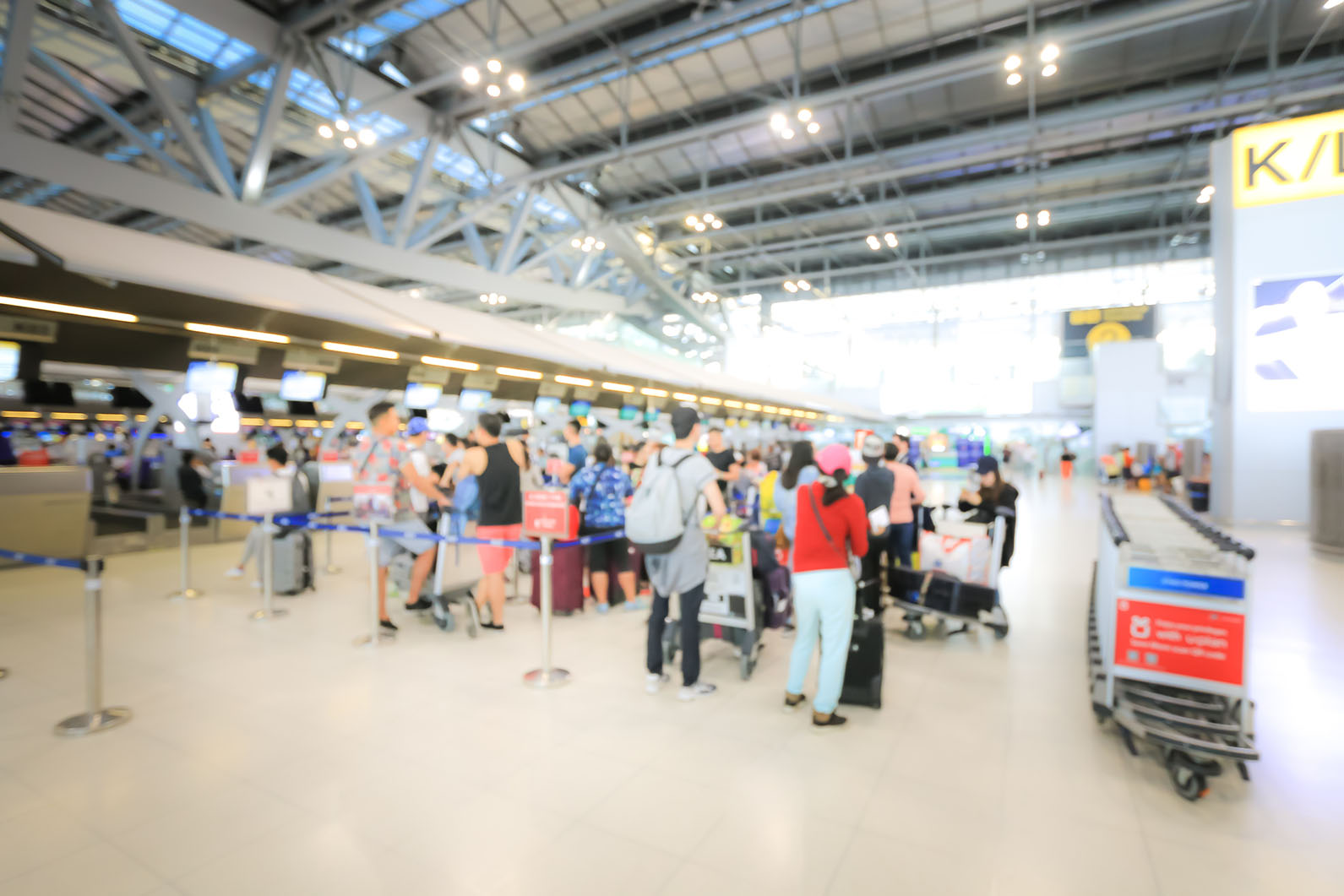Situation
The past few years have been exceptionally turbulent for the air travel industry. From the COVID-19 period, when planes were grounded and airports stood silent, to the sharp resurgence in global travel that followed, airports and airlines have had to cope with passenger numbers fluctuating wildly – often while operating with reduced staff and resources.
Airport security lanes have been significantly impacted by the rise in passenger numbers and depleted workforces and this has caused significant security bottlenecks at airports the world over. Our client, an international airport faced similar challenges and wanted to know how data could improve the performance of its security operation.
The airport launched a proof of concept for how a data approach could work and brought on Valcon to support the process. The central question Valcon was asked to answer was: “Can the airport improve security lane performance using data insights?”
Approach
Valcon has a lot of experience helping clients in the manufacturing and logistics industries with similar problems, so formulated a similar approach for the airport based on this expertise. Valcon viewed the security lane operation as a production process to be measured by key performance indicators. There were two main elements to the approach.
The first was to visualise the process and corresponding data points. From a process perspective, the team created a schematic drawing of the security lane, detailing the agent positions and security processes. All data sources were also then mapped to this schematic drawing. From this, a data blueprint was created, which provided insight into the operational reality of the security lanes. This blueprint enabled a reconstruction of the daily security operation at the airport based on real data events.
The second stage was to use insights derived from the data in the blueprint to create an operational efficiency model that visualises efficiency and losses during any given day at the airport. The model gives a shared view of security performance across several departments such as asset management, planning and daily operations. The model visualises performance and efficiency losses in three ways:
- Is there a loss because the assets were not working correctly?
- Is there a loss because the planning (supply and demand of resources) was insufficient?
- Is there a loss because of inefficiencies during the daily operation?
By visualising performance losses, the airport is pinpoint exactly where the bottlenecks occur within the security process and determines what hinders optimal flow and performance.
Results
Ultimately, Valcon was successful in proving that security performance can be improved by data insights and being able to visualise operational efficiency and losses, which provide critical information for being able to make the right changes and improvements to the security process.
Some key benefits included:
- Security staff performing correctly: the data showed that not all security agents were following the right protocols, so actions were taken to ensure everyone was on board with following the processes correctly.
- Efficacy of new initiatives: the data model is used to analyse the efficacy of new initiatives to improve security lane performance and then informed decisions can be made.
- Agile team: post successful proof of concept, the client and Valcon set up a multi-disciplinary agile team which has responsibility for all data initiatives involved in the passenger security process and for delivering products and insights to the business. This centralisation enabled the process to be clear and transparent and had a positive impact on improving the efficiency of the security process at the airport.
- Supplying the expertise: in addition to data science expertise, Valcon also provided the expertise to develop new use cases with the business, as well as people to implement products and improve processes.
- Strategic opportunity: setting up a mission, vision and roadmap for a data driven security department at the airport to ensure that going forward, the airport’s security operation is more strategic and is able to immediately ID opportunities to optimise security efficiency.














